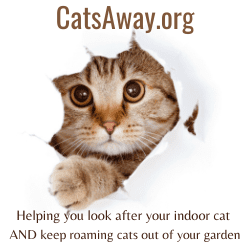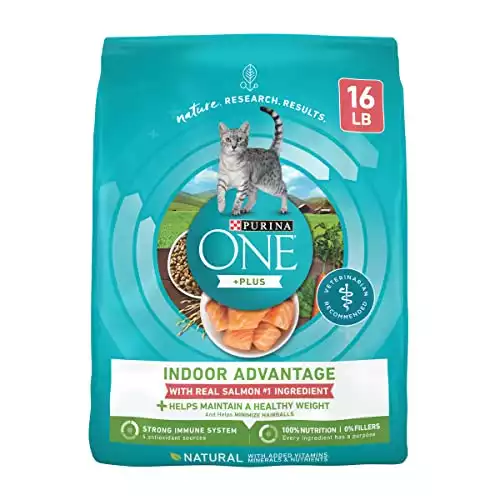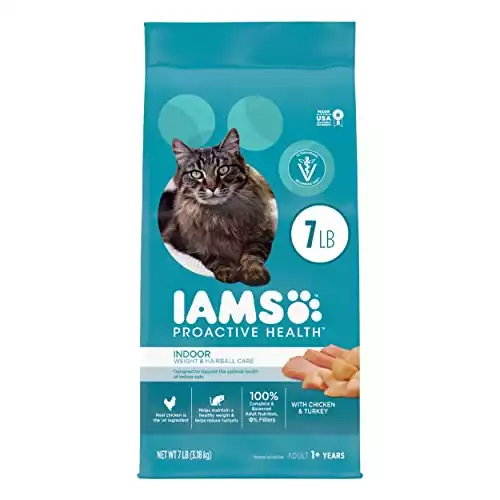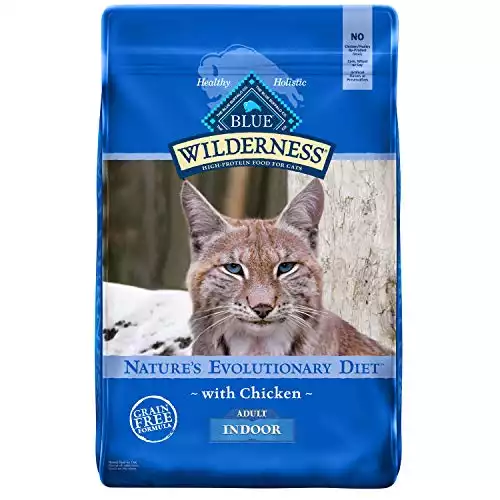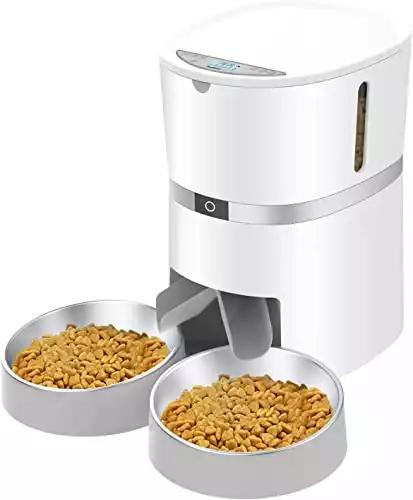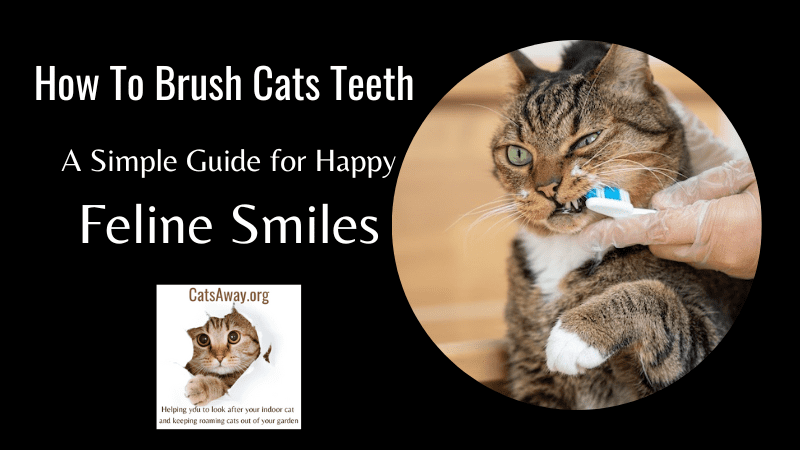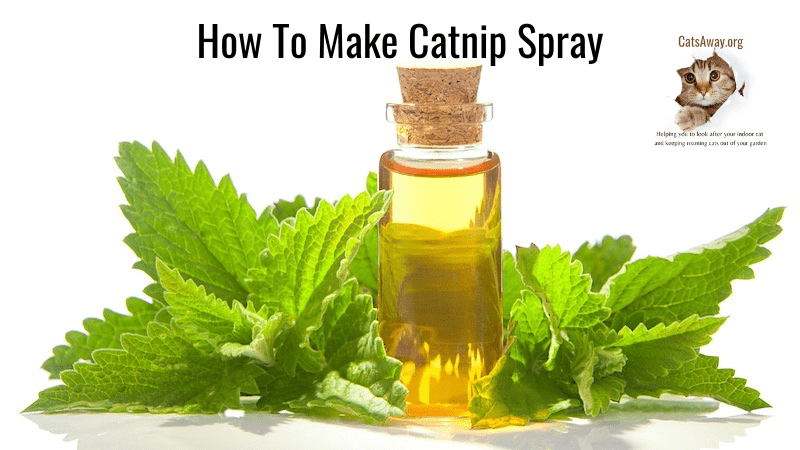Many cat owners have embraced the concept of free feeding, believing it keeps their feline friends content with a constant supply of food. However, recent studies have shown that this method can lead to overweight and unhealthy cats.
Learning how to stop free feeding cats allows owners to monitor their pet’s food intake better, thereby preventing overeating and enhancing overall health.
Making the switch to timed meals may take some effort and adjustment for both cats and their owners. Transitioning involves determining the cat’s current calorie consumption, setting a feeding schedule, and gradually reducing the amount of food left out for them.
This way, it creates a healthier feeding habit for feline companions while still keeping them satisfied.
Understanding Free Feeding Cats

Problems Associated with Free Feeding
Free feeding is a method in which food is constantly available to cats, allowing them to eat whenever they want. This often involves leaving dry food in a bowl for extended periods of time.
Free feeding can lead to issues such as obesity and overeating, as cats may consume more food than necessary when it is constantly accessible. This can subsequently result in health problems like diabetes, which becomes more prevalent with increased weight.
Cats as Obligate Carnivores
Cats are obligate carnivores, which means they require a diet primarily consisting of animal-based protein to thrive. Unlike other animals that can adapt to a variety of diets, cats have specific nutritional requirements that must be met through their consumption of meat.
Free feeding, particularly with dry food, may not provide cats with the optimal balance of nutrients they need, as the cheaper dry food brands are often high in carbohydrates and low in the essential proteins cats require. As a result, free feeding can interfere with a cat’s overall health and well-being.
Risks of Different Types of Cat Food
Dry Food Versus Wet Food
Both wet and dry cat food have their advantages and disadvantages. While dry food can be more convenient and less expensive, wet food may be more palatable and provide more moisture.
However, it is important to note that not all dry cat foods are created equal, and some may be of lower quality than others. It is important to choose a high-quality dry cat food that meets your cat’s nutritional needs. Some of the best dry indoor cat foods are:
-
 5.0$56.90 ($3.56 / Pound)More info
5.0$56.90 ($3.56 / Pound)More info16lb bag
This high-protein nutritional weight control indoor cat food has 10 percent less fat than Purina ONE tender selects blend. Made with Salmon it helps your indoor cat maintain a healthy weight
03/09/2024 10:45 pm GMT -
 5.0$16.89 ($2.41 / lb)More info
5.0$16.89 ($2.41 / lb)More info7lb bag
Chicken is the main ingredient in this protein-rich cat food to help support strong muscles and to provide healthy energy for play.
It's made with with l-carnitine to help your indoor cat either lose weight or maintain a healthy weight.
Also includes beet pulp which helps reduce hairballs.
03/09/2024 09:35 pm GMT -
 5.0$46.98 ($4.27 / Pound)More info
5.0$46.98 ($4.27 / Pound)More info11lb bag
Created specifically to keep your indoor cat fit and healthy, this high protein cat food is packed with the chicken cats crave to help build and maintain lean muscle mass.
03/09/2024 09:43 pm GMT
Carbohydrates and Health Issues
Most of the cheap commercial cat foods, particularly dry kibble, contain a high percentage of carbohydrates. This can lead to cats becoming overweight, as their natural diet would consist of more protein and fewer carbohydrates. Excess weight in cats increases their risk for various health problems, such as diabetes and joint issues.
A diet high in carbohydrates has also been linked to a higher risk of Alzheimer’s in humans. While this connection has not been proven in cats, it’s worth considering the potential impact of a carbohydrate-heavy diet on your cat’s cognitive health.
By paying a few extra dollars for a high quality dry cat food, you can help your cat maintain a healthy weight, support their overall health, and potentially reduce the risk of health issues related to excessive carbohydrate consumption.
Transitioning to a Feeding Schedule


Assessing Your Cat’s Nutritional Needs
To ensure your cat’s health, it’s important to calculate the necessary calories and nutrients for their age, weight, and activity level. When determining the ideal daily calorie intake for your cat keep in mind that there is a difference between indoor and outdoor cat food.
Unless you have an exceptionally active indoor cat breed such as a Bengal or Devon Rex, your house cat’s lifestyle means he can maintain a healthy weight on less calories.
Creating a Feeding Plan
Once you have a clear understanding of your cat’s nutritional needs, create a feeding schedule that divides their daily food intake into smaller, timed meals. This may involve two to three meals per day or more, depending on your cat’s specific needs.
Adjusting to Timed Meals
Begin the transition by gradually reducing the amount of food left out for free feeding and introducing scheduled meal times. Keep track of how much food your cat consumes at each meal and adjust portions as necessary to account for their calorie and nutritional requirements.
As timed feeding schedules become more routine, your cat will learn to expect food at certain times of the day. It may take some time for them to adjust, so be patient and consistent with the new regimen.
Timed meals help you care for your indoor cat by helping to maintaining a healthy weight as well as promoting better digestion and preventing overeating. A balanced feeding schedule provides your cat with the energy and nutrients they need for a happy, healthy life.
Feeding Multiple Cats
Individualizing Meal Plans
When feeding multiple cats in a household, it’s important to tailor meal plans according to their unique needs. Age, energy level, and health conditions all play a part in the amount of food required for each cat.
Senior cats, for instance, may need fewer calories than growing kittens or active adult cats. By providing specific meal plans, you’re ensuring every cat receives the proper nutrients for their individual needs.
Managing Meal Times
Managing meal times is crucial to prevent cats from eating each other’s food. Having a feeding schedule allows you to monitor their intakes and ensure that each cat receives their specific diet.
One useful tool for managing meal times is an automatic cat Feeder for multiple cats; these devices can be set to feed multiple pets at different times and with different portion sizes. By using such technology, you’ll create an organized feeding environment that caters to each cat’s specific needs.
The WellToBe Automatic Cat Feeder for multiple cats is an ideal choice for multi-cat households, thanks to its flexible meal scheduling and two-way splitter for equal food distribution
- Flexible meal scheduling with up to 6 meals per day
- Two-way splitter for feeding multiple pets fairly
- Voice recorder for personalized mealtime reminders
- Excellent budget choice
- Kibble size must be under 0.47 inch to avoid jamming
- May require adjustment period for accurate portion control
Monitoring Cat Health and Adjusting Feeding Strategies
Working with Your Veterinarian
When transitioning a cat from free feeding to a more structured feeding schedule, it’s essential to consult with a veterinarian. They can assess the kitty’s current health, provide guidance, and discuss any dietary modifications needed.
Regular check-ups enable the veterinarian to monitor the cat’s progress and make any necessary adjustments to the feeding plan. With ongoing support and expert advice, cat owners can ensure their pet’s health and well-being are effectively managed.
Addressing Special Health Concerns
Cats with specific health issues or disease problems may require unique feeding strategies. In cases of hepatic lipidosis, it is crucial to introduce food slowly and gradually increase the amount over several days, allowing the cat’s metabolism to adjust.
For feline hyperthyroidism, the veterinarian may provide a personalized diet plan or recommend treatments to control the condition.
Overweight cats should be given particular attention, as free feeding can often lead to obesity. By working closely with a veterinarian, a tailored feeding plan can be created to help manage the cat’s weight while taking into account any special health concerns.
Consider switching to an indoor cat food specifically formulated to aid weight control such as IAMS Proactive Health.
In conclusion, careful monitoring of a cat’s health and feeding habits is crucial in ensuring their overall well-being and happiness.
Additional Tips for Successful Feeding
Encouraging Natural Hunting Skills
In the wild, cats need to hunt for their food, which helps keep them active and engaged. Providing opportunities for your cat to use their hunting skills can be beneficial for their overall health. One way to do this is by using puzzle feeders or hiding small amounts of food around your home, encouraging your cat to “hunt” for their meals.
This not only stimulates their brain but also helps maintain a healthy weight.
Cats can be picky eaters, but incorporating hunting into their daily routine can help them be more open to trying new foods. By mimicking their natural feeding habits, you’re more likely to see progress, especially when transitioning from free feeding to timed meals.
Providing Fresh Water
Hydration is essential for maintaining your cat’s overall health, including their teeth and digestion. Make sure you provide fresh water for your cat daily, preferably in a clean, easy-to-access dish. Some cats prefer running water, so investing in a water fountain may encourage them to drink more.
It’s important to keep their water source away from their food plate to avoid any contamination. Regularly check and refill the water supply to ensure cleanliness and convenience for your cat. This way, you’ll be supporting their health and well-being while helping them adapt to their new feeding routine.
Frequently Asked Questions
Transitioning from free feeding?
Transitioning from free feeding to scheduled meals is a gradual process. Start by determining how much food your cat is currently consuming in a 24-hour period and adjust the portions accordingly.
When to stop kitten free feeding?
Kittens should be transitioned from free feeding to scheduled meals, usually around 6 months of age. This helps develop a healthier eating routine and prevents overeating.
Is free feeding bad for cats?
Free feeding can be detrimental to a cat’s health, leading to obesity and other health problems. It is recommended to feed cats on a schedule for better weight management and overall health.
Pros and cons of free feeding?
Free feeding offers convenience for cat owners, but it can also result in cats overeating and becoming overweight. Scheduled feeding can help maintain a healthy weight and prevent obesity-related health issues.
How much food should a cat eat?
The amount of food a cat needs varies depending on factors like age, weight, and activity level. Consult your veterinarian to determine the appropriate daily calorie intake for your specific cat.
Feeding schedule for multiple cats?
When feeding multiple cats, create a schedule that accommodates their individual needs. This may include separate feeding areas to prevent competition or a staggered mealtime approach to ensure each cat has access to their food.
